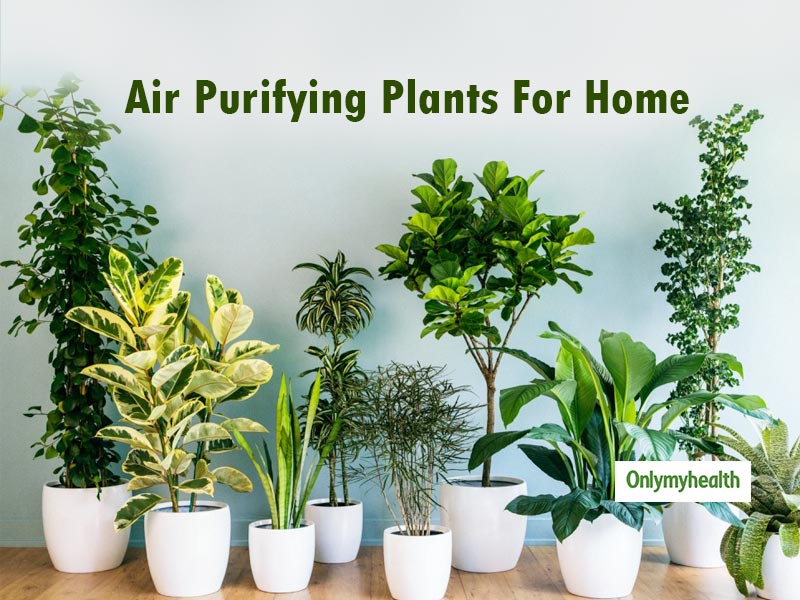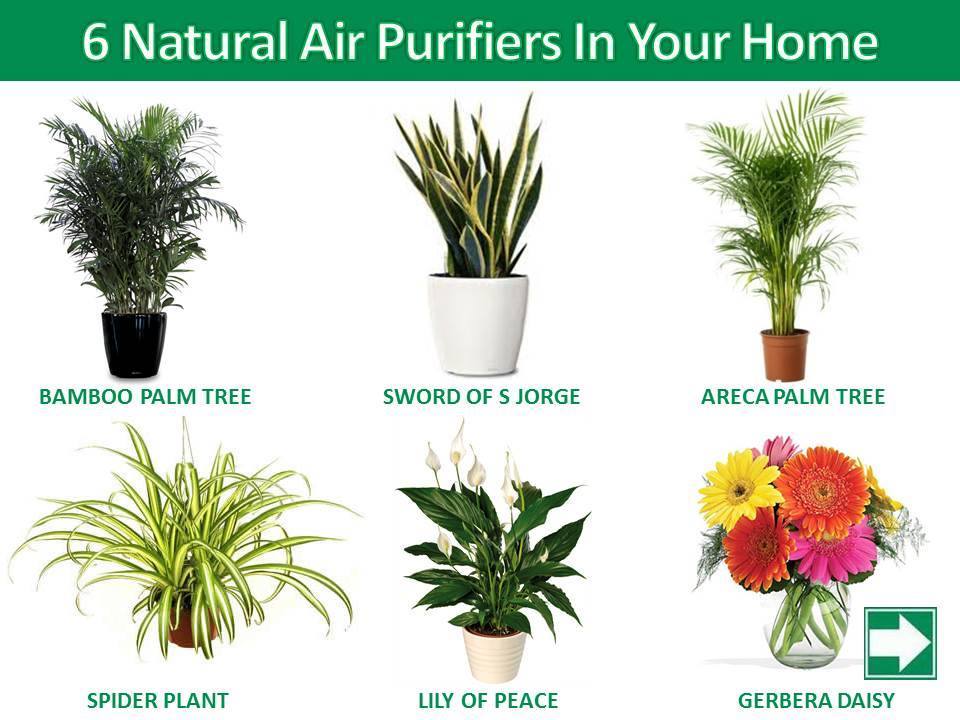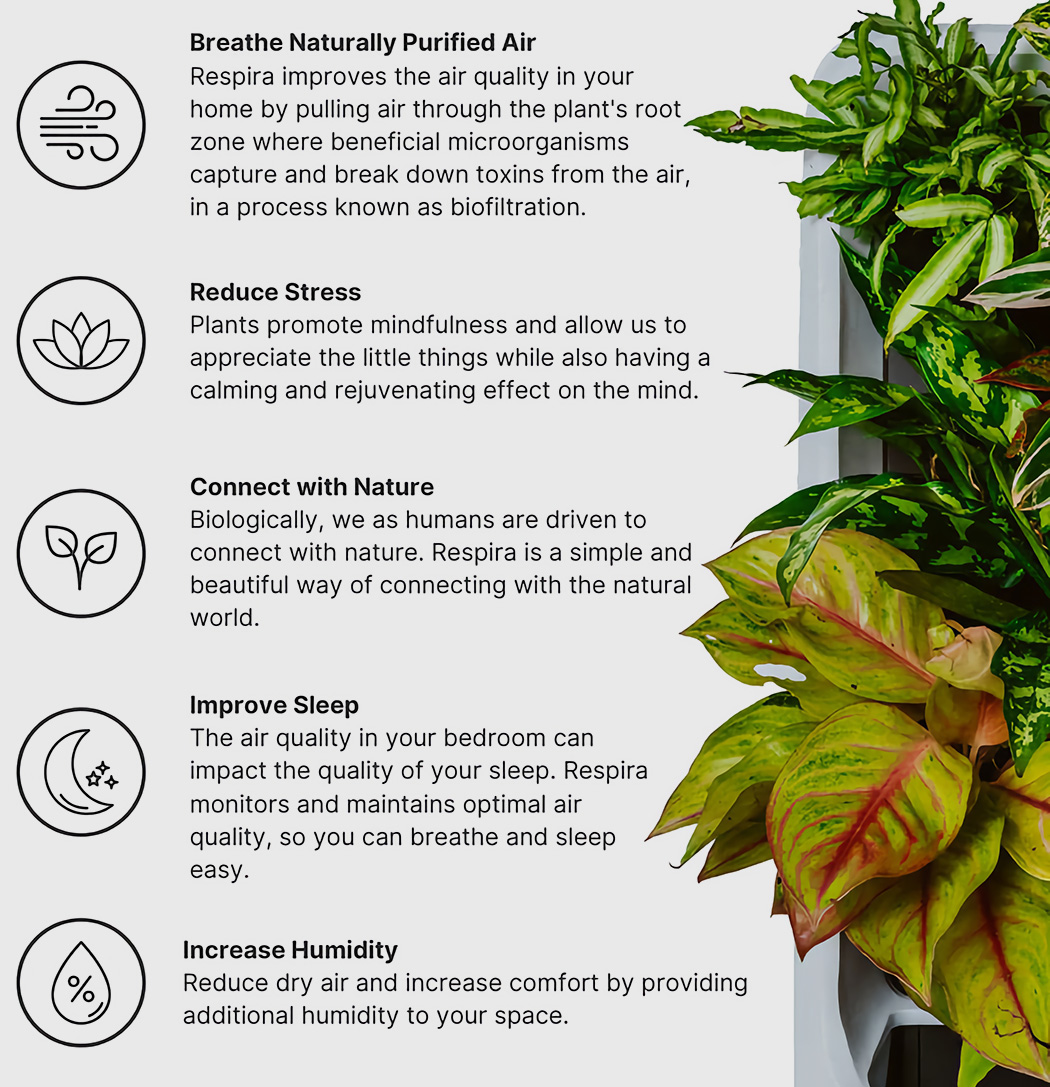Natural Air Purifiers: How Houseplants Can Improve Indoor Air Quality
Indoor air pollution is a growing concern worldwide, with the average person spending up to 90% of their time indoors. This prolonged exposure to indoor air can have severe consequences on human health, including respiratory problems, allergies, and even cancer. One effective way to combat indoor air pollution is by using houseplants to purify the air. These natural air purifiers can remove toxins and pollutants from the air, creating a healthier indoor environment.
Houseplants have been shown to be effective in removing a range of pollutants, including volatile organic compounds (VOCs), particulate matter, and carbon dioxide. By incorporating houseplants into your home or office, you can significantly improve indoor air quality and reduce the risk of health problems. Some of the most effective houseplants for air purification include Spider Plants, Snake Plants, and Peace Lilies, which are known to remove up to 90% of toxins from the air.
Using houseplants to purify the air is a simple and cost-effective solution that can be implemented in any indoor space. By selecting the right plants and providing them with the necessary care, you can create a natural air purification system that promotes healthy indoor air quality. In this article, we will explore the benefits of using houseplants to purify the air, the science behind how they work, and provide tips on selecting and caring for the most effective air-purifying plants.
With the increasing awareness of indoor air pollution, it’s essential to take proactive steps to improve indoor air quality. By incorporating houseplants into your indoor space, you can create a healthier environment that promotes well-being and productivity. Whether you’re looking to improve the air quality in your home or office, houseplants are a natural and effective solution that can make a significant difference.
Top Air-Purifying Houseplants for a Healthier Home
When it comes to selecting the best houseplants for air purification, there are several options to consider. Some of the most effective air-purifying houseplants include Spider Plants, Snake Plants, and Peace Lilies. These plants are known to remove up to 90% of toxins from the air, making them an excellent choice for improving indoor air quality.
Spider Plants are easy to care for and can thrive in a variety of lighting conditions. They are also great air purifiers, removing pollutants such as formaldehyde and xylene from the air. Snake Plants, on the other hand, are low-maintenance and can survive with minimal watering and care. They are also effective at removing pollutants such as benzene and trichloroethylene from the air.
Peace Lilies are known for their elegant white blooms and ability to purify the air. They are effective at removing pollutants such as ammonia and acetone from the air, making them a great choice for homes and offices. Other effective air-purifying houseplants include Dracaena, Philodendron, and Bamboo Palm. These plants are all relatively easy to care for and can make a significant difference in indoor air quality.
When selecting air-purifying houseplants, it’s essential to consider factors such as lighting, temperature, and maintenance requirements. By choosing the right plants for your space, you can create a natural air purification system that promotes healthy indoor air quality. In the next section, we will explore how to choose the right air-purifying plant for your space.
How to Choose the Right Air-Purifying Plant for Your Space
With so many air-purifying houseplants to choose from, selecting the right one for your space can be overwhelming. However, by considering a few key factors, you can choose the perfect plant to improve indoor air quality and enhance the aesthetic of your home or office.
One of the most important factors to consider is lighting. Different plants require different levels of light to thrive, so it’s essential to choose a plant that matches the lighting conditions in your space. For example, if your space receives low light, consider plants like Chinese Evergreen or Pothos, which can tolerate low light conditions.
Temperature is another crucial factor to consider. Some plants are sensitive to extreme temperatures, so it’s essential to choose a plant that can thrive in the temperature range of your space. For example, if your space is prone to drafts or extreme temperatures, consider plants like Snake Plants or Spider Plants, which are more tolerant of temperature fluctuations.
Maintenance requirements are also an essential consideration. Some plants require frequent watering and pruning, while others are more low-maintenance. If you’re a busy person or don’t have a lot of time to care for plants, consider low-maintenance options like ZZ Plants or Dracaena.
Finally, consider the size and shape of the plant. If you have limited space, consider compact plants like Peperomia or Fittonia. If you have a larger space, consider statement plants like Peace Lilies or Bamboo Palms.
By considering these factors, you can choose the perfect air-purifying plant for your space and start enjoying the benefits of improved indoor air quality. In the next section, we’ll delve into the science behind how plants purify the air and explore the fascinating process of photosynthesis.
The Science Behind Air-Purifying Plants: How They Work
Plants have been purifying the air for millions of years, and their ability to do so is rooted in the process of photosynthesis. During photosynthesis, plants absorb carbon dioxide and release oxygen, which is essential for human life. However, plants also have the ability to absorb and break down other pollutants, such as volatile organic compounds (VOCs) and particulate matter.
The process of air purification in plants occurs through a series of complex biochemical reactions. Plants contain enzymes that break down pollutants into harmless compounds, which are then released into the air or stored in the plant’s tissues. For example, the enzyme cytochrome P450 is responsible for breaking down benzene, a common indoor air pollutant, into harmless compounds.
Plant roots also play a crucial role in air purification. Plant roots absorb water and nutrients from the soil, but they also absorb pollutants from the air. These pollutants are then broken down by enzymes in the plant’s roots and released into the air as harmless compounds.
Some plants are more effective at purifying the air than others. For example, Spider Plants and Snake Plants are known to be highly effective at removing VOCs and particulate matter from the air. Peace Lilies, on the other hand, are known to be effective at removing ammonia and other nitrogen-based pollutants from the air.
Understanding the science behind air-purifying plants can help you choose the right plants for your space and optimize their air-purifying abilities. By selecting plants that are well-suited to your space and providing them with the right conditions, you can create a natural air purification system that promotes healthy indoor air quality.
Low-Maintenance Air-Purifying Plants for Busy People
Not everyone has a green thumb or the time to care for high-maintenance plants. However, that doesn’t mean you can’t enjoy the benefits of air-purifying plants. There are many low-maintenance options that are perfect for busy individuals, such as ZZ Plants and Dracaena.
ZZ Plants are known for their ability to thrive in low-light conditions and infrequent watering. They are also effective at removing air pollutants such as benzene and trichloroethylene. Dracaena, on the other hand, is a versatile plant that can grow in a range of lighting conditions and requires minimal watering.
To keep your low-maintenance air-purifying plants thriving, follow these care tips:
- Water sparingly: Overwatering is the most common cause of death for low-maintenance plants. Water only when the soil feels dry to the touch.
- Provide good air circulation: Good air circulation is essential for healthy plant growth. Make sure to provide enough space between plants and avoid crowding.
- Keep temperatures consistent: Most low-maintenance plants prefer temperatures between 65-75°F (18-24°C). Avoid placing plants near heating or cooling vents.
By following these care tips, you can enjoy the benefits of air-purifying plants even with a busy schedule. In the next section, we’ll explore how to maximize air purification by using multiple plants in a single space.
Maximizing Air Purification: How to Use Multiple Plants for Optimal Results
Using multiple air-purifying plants in a single space can significantly increase air purification efficiency and aesthetic appeal. By combining plants with different air-purifying abilities, you can create a comprehensive indoor air quality strategy that targets a wide range of pollutants.
One of the most effective ways to maximize air purification is to use a combination of plants that target different types of pollutants. For example, you can pair a plant that targets VOCs, such as a Spider Plant, with a plant that targets particulate matter, such as a Peace Lily. This combination can help remove a wide range of pollutants from the air, creating a healthier indoor environment.
Another way to maximize air purification is to use plants with different growth habits and textures. For example, you can combine a tall, upright plant like a Dracaena with a low-growing, spreading plant like a Pothos. This combination can help create a visually appealing display while also maximizing air purification.
When using multiple plants, it’s essential to consider the lighting and temperature requirements of each plant. Make sure to choose plants that have similar lighting and temperature requirements to ensure they thrive in the same environment.
Some popular plant combinations for maximizing air purification include:
- Spider Plant + Peace Lily: This combination targets VOCs and particulate matter, creating a comprehensive indoor air quality strategy.
- Dracaena + Pothos: This combination targets VOCs and particulate matter, while also creating a visually appealing display.
- Snake Plant + ZZ Plant: This combination targets VOCs and particulate matter, while also being low-maintenance and easy to care for.
By using multiple air-purifying plants in a single space, you can create a healthier indoor environment that promotes well-being and productivity. In the next section, we’ll explore common air pollutants and how plants can help remove them from the air.
Common Air Pollutants and How Plants Can Help Remove Them
Indoor air pollution is a serious concern, with many common pollutants found in homes and offices. Some of the most common air pollutants include formaldehyde, benzene, and trichloroethylene. These pollutants can come from a variety of sources, including furniture, carpets, and cleaning products.
Fortunately, certain houseplants are effective at removing these pollutants from the air. For example, Spider Plants are known to remove formaldehyde and benzene from the air, while Peace Lilies are effective at removing trichloroethylene and other VOCs.
Other plants that are effective at removing common air pollutants include:
- Snake Plants: Remove formaldehyde, benzene, and trichloroethylene from the air.
- Dracaena: Remove trichloroethylene, formaldehyde, and benzene from the air.
- Philodendron: Remove formaldehyde, benzene, and trichloroethylene from the air.
By incorporating these plants into your home or office, you can help remove common air pollutants and create a healthier indoor environment. In the next section, we’ll explore how to combine air-purifying plants with other methods to create a comprehensive indoor air quality strategy.
Creating a Healthy Indoor Environment: Tips for Combining Plants with Other Air-Purifying Methods
While houseplants are an effective way to purify the air, they can be even more effective when combined with other air-purifying methods. By combining plants with air purifiers, ventilation systems, and other methods, you can create a comprehensive indoor air quality strategy that promotes a healthy indoor environment.
One way to combine plants with other air-purifying methods is to use them in conjunction with air purifiers. Air purifiers can remove pollutants from the air, while plants can remove VOCs and other gases. By using both methods together, you can create a powerful air-purifying system that promotes healthy indoor air quality.
Another way to combine plants with other air-purifying methods is to use them in conjunction with ventilation systems. Ventilation systems can remove stale air and bring in fresh air, while plants can remove pollutants from the air. By using both methods together, you can create a comprehensive indoor air quality strategy that promotes healthy indoor air quality.
Some other methods that can be combined with plants to create a comprehensive indoor air quality strategy include:
- HEPA filters: These filters can remove 99.97% of particles as small as 0.3 microns from the air, including dust, pollen, and other pollutants.
- Activated carbon filters: These filters can remove VOCs and other gases from the air, including formaldehyde and benzene.
- UV light purifiers: These purifiers can remove bacteria, viruses, and other microorganisms from the air, promoting healthy indoor air quality.
By combining plants with these other air-purifying methods, you can create a comprehensive indoor air quality strategy that promotes healthy indoor air quality and a healthy indoor environment.









